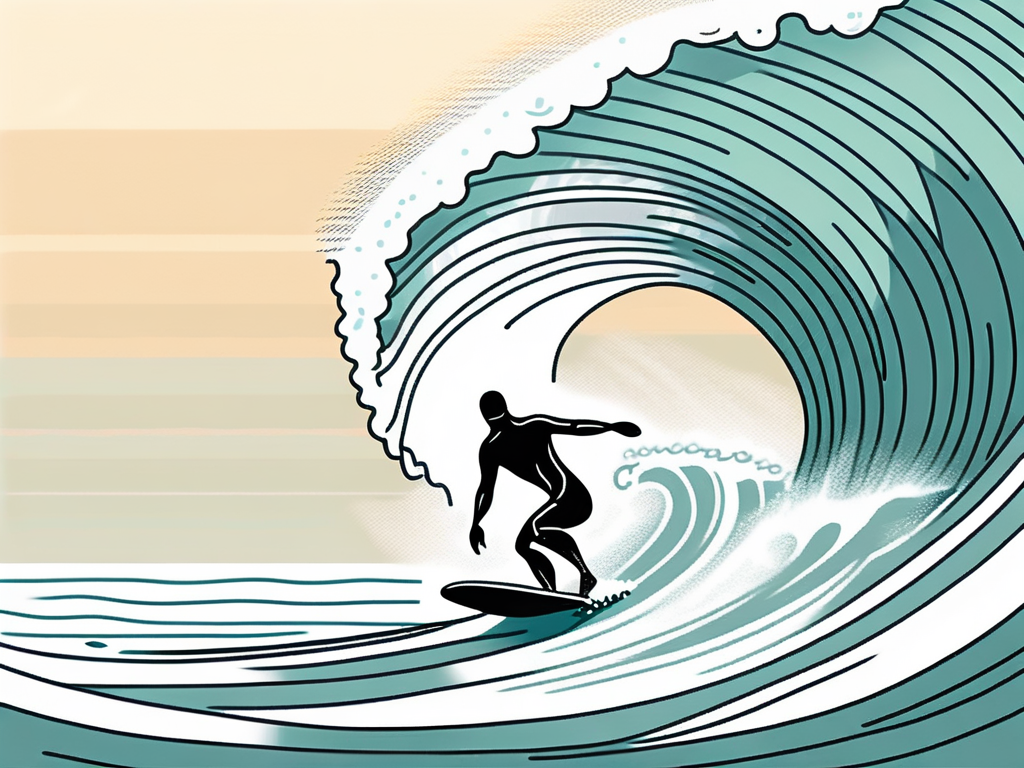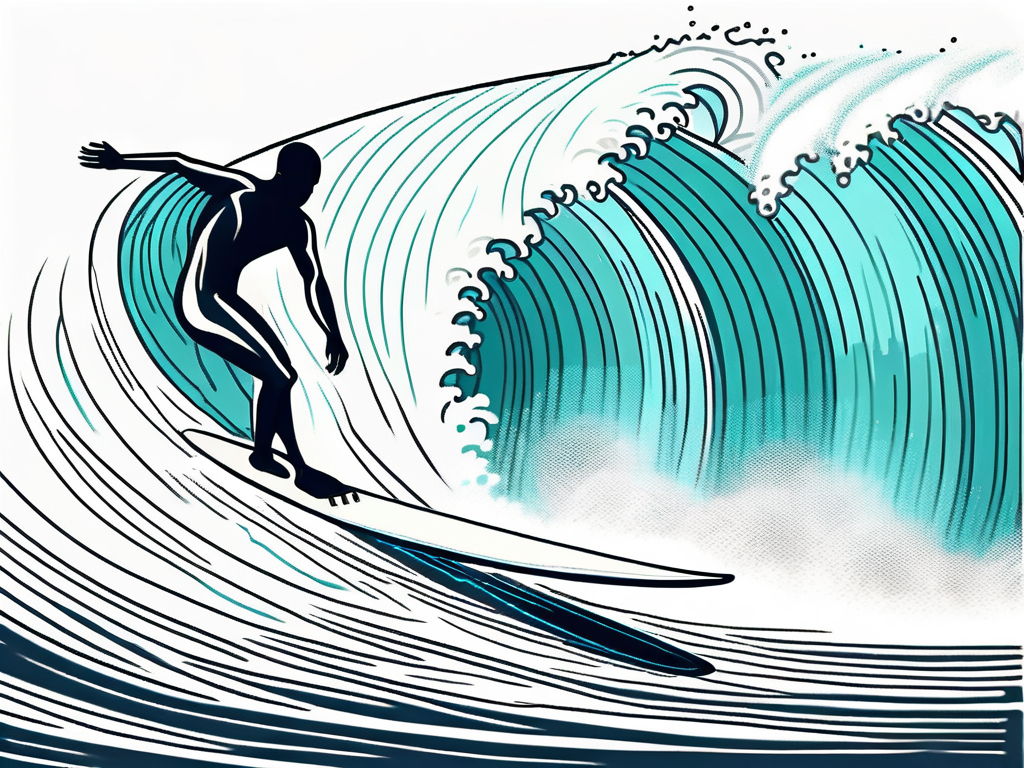Mastering Duck Diving: Essential Tips for Surfers
Surfing is a thrilling and exhilarating sport that allows individuals to connect with nature and ride the waves. However, one of the biggest challenges that surfers face is navigating through the pounding surf. This is where the technique of duck diving comes into play. In this article, we will demystify duck diving and provide essential tips for mastering this crucial skill.
Demystifying Duck Diving: What You Need to Know
Duck diving is a technique used by surfers to pass through the wave while minimizing resistance and maintaining control of their surfboard. It involves submerging the nose of the board underwater and using your body weight to maintain stability. By mastering this skill, surfers can effortlessly navigate through the wave without being thrown off balance.

Understanding the physics behind duck diving can enhance your execution of the maneuver. As the wave approaches, the goal is to create as little resistance as possible by submerging the board efficiently. By pushing the nose of the board underwater, you reduce the surface area exposed to the force of the wave, allowing you to glide through with minimal impact. This technique is crucial for surfers looking to conserve energy and maintain their position in the lineup.
Mastering the Technique of Duck Diving in Flat Water
Before taking on the challenge of duck diving in actual surf conditions, it's essential to practice in flat water. Find a calm area where the waves are small and practice submerging the nose of your board under the water. Focus on getting comfortable with the movement and maintaining balance.
Start by paddling towards the wave with enough speed to generate momentum. As you approach the wave, place your hands firmly on the sides of the board near the center, with your chest slightly hovering above the board. Next, use your arms and upper body strength to push the nose of the board downwards, while simultaneously arching your back and lifting your legs out of the water.
As you submerge the board, lean forward slightly to distribute your body weight evenly. This will help keep the board stable underwater and prevent it from popping back up too soon. Once the wave has passed overhead, use your feet to push the board back up to the surface and resume paddling.
Remember, mastering the art of duck diving takes practice and patience. Each wave presents a unique challenge, requiring surfers to adapt their technique to varying conditions. By honing your skills in flat water and gradually progressing to more challenging surf, you can build the confidence and proficiency needed to navigate waves with ease. Embrace the learning process, and soon you'll find yourself effortlessly gliding through the lineup, ready to take on the next set wave that comes your way.
Perfecting Your Skills: The Key to Success
Now that you have mastered the basics of duck diving in flat water, it's time to take your skills to the next level and tackle waves of different types and sizes. Understanding the dynamics of broken and unbroken waves is crucial for effectively navigating through them.

Understanding the Dynamics of Broken and Unbroken Waves
Broken waves are waves that have already crashed and are in the process of dissipating. These waves are characterized by foamy white water and can be more challenging to navigate through compared to unbroken waves. The key to successfully duck diving through broken waves is timing and technique.
As you approach a broken wave, position yourself slightly in front of the wave's impact zone. This will give you ample time to react and prepare for the duck dive. Paddle with enough speed to generate momentum and time your duck dive just before the broken wave reaches you.
When duck diving through a broken wave, it's crucial to submerge the nose of your board slightly deeper and shift your body weight to maintain stability. As the broken wave passes overhead, use your feet to push the board back up to the surface and resume paddling.
Mastering the timing and technique of duck diving through broken waves will not only help you navigate through challenging conditions but also increase your confidence in the water. It takes practice and experience to read the waves and make split-second decisions, but with dedication, you'll be able to handle any wave that comes your way.
Navigating Broken White Water Waves and Unbroken Waves
Broken white water waves are waves that have already broken and are characterized by churning foam and turbulent water. These waves can be challenging to navigate, but with the right technique, you can navigate through them with ease.
When approaching a broken white water wave, paddle towards it with enough speed to generate momentum. As the wave approaches, position your body slightly towards the back of the board to maintain balance and stability. Just before the wave reaches you, perform a powerful duck dive, submerging the nose of your board deep underwater.
As you navigate through the broken white water wave, it's essential to stay focused and maintain control. Keep your eyes on the horizon and anticipate the wave's movements. Adjust your body position and weight distribution accordingly to maintain balance and stability.
Remember, each wave is unique, and the more experience you gain, the better you'll become at reading and understanding the dynamics of different types of waves. Don't be afraid to challenge yourself and push your limits. With time and practice, you'll develop the skills and confidence to take on even the most powerful and challenging waves.





